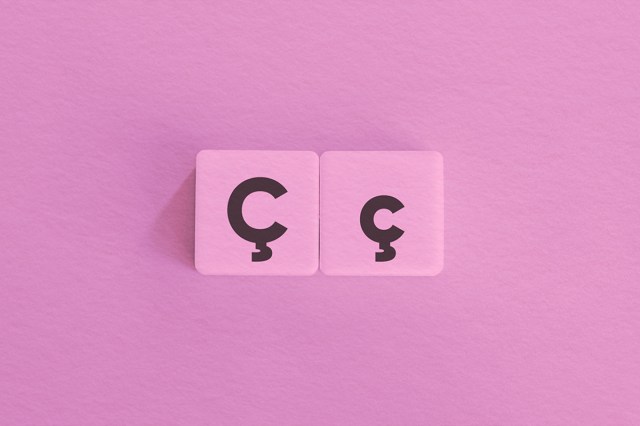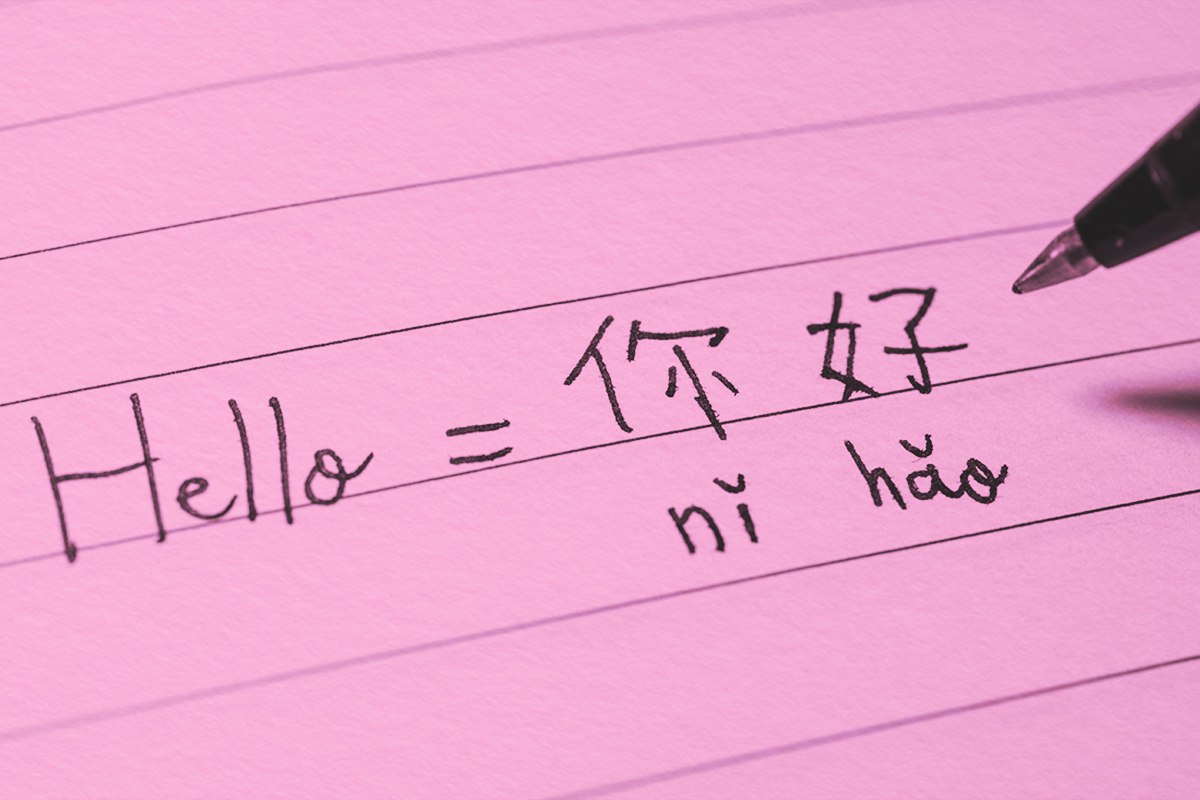
Much like there’s a wide variety of pasta shapes, accent marks come in an assortment of shapes and sounds. Accent marks are also called diacritics, and while there are hundreds of choices across the world’s languages, we commonly see the tilde (~), the umlaut (ö), and the cedilla (Ç). The first two are sometimes used in loanwords, such as “piñata,” “jalapeño,” “über,” and “doppelgänger.” The latter is not found in English, as the words that used to contain the accent mark have dropped it in the English spelling (“facade,” for example). However, it’s commonly used in both Romance and Turkic languages around the world. Here’s a closer look at the cedilla and how it affects pronunciation.
The cedilla (pronounced “suh-DEE-yuh”) is often used in Romance languages, such as French, Portuguese, and Catalan. The accent mark appears as a squiggle at the bottom of a letter (usually “c”), but “ç/Ç” also exists as its own letter in various Turkic scripts, such as Albanian, Turkish, and Kurdish. The symbol is Spanish in its origin, evolving out of the “Visigothic Zet” that preceded it. The Visigoths ruled over Iberia from the fifth to eighth century, and their version of the letter “z” was written as “ꝣ” and sounded like a soft /ts/. As Visigothic influence in the region waned and the Spanish language began to take shape, “ꝣ” evolved to become “ç.”
The word “cedilla” dates to the late 16th century, coming from the Spanish cedilla (a diminutive term meaning “little z”). As it was adopted into French and Catalan, “ç” came to represent a soft-“c” sound, pronounced similar to the letter “s.” The cedilla was required to distinguish from the harsher “k” sounds sometimes associated with the letter “c” on its own.
For example, although the word “facade” has dropped the cedilla from its original French spelling façade, it’s pronounced “fuh-SAHD” thanks to the cedilla (or cédille in French), which softens the pronunciation of the “c.” If it weren’t for that small squiggly line, we may pronounce “facade” as “fuh-KAYD” (rhyming with “arcade”) instead.
To be clear, the cedilla refers to the dangling squiggly line itself rather than the entire letter. It’s most commonly used on a “c,” but “Ş” is used for a soft /sh/ sound, and “Ţ” represents a soft /ts/ sound.





















